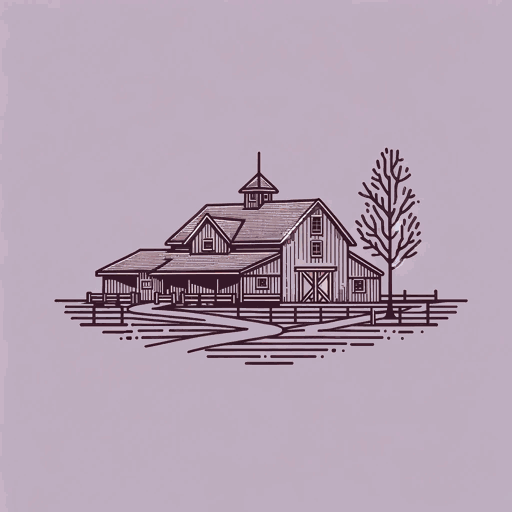68 pages • 2 hours read
Gillian FlynnDark Places
Fiction | Novel | Adult | Published in 2009A modern alternative to SparkNotes and CliffsNotes, SuperSummary offers high-quality Study Guides with detailed chapter summaries and analysis of major themes, characters, and more.
Symbols & Motifs
Darkplace
Darkplace is Libby’s name for her memory of the murders and is the basis for the novel’s title, Dark Places. The memories of Darkplace are graphic and visceral: “Maniacal smears of bright red sound in the night. That inevitable, rhythmic axe, moving as mechanically as if it were chopping wood. Shotgun blasts in a small hallway. The panicked, jaybird cries of my mother, still trying to save her kids with half her head gone” (10). The violence Libby witnessed as a child is always on the verge of returning if she lets her thoughts wander into the past.
Darkplace symbolizes Libby’s fear of confronting the past. Ironically, even Libby’s happiest family memories lead her mind to Darkplace. Thus, when the novel begins, all of Libby’s memories of her family—both good and bad—are off-limits to her. This psychological block is a coping mechanism for Libby, who has suffered severe psychological, emotional, and physical trauma, but it leaves her in a perpetual state of loneliness. The family members who remain are tied to the past and are therefore also off-limits: Libby has burned her bridges with Diane (or so she thinks), and she believes Ben to be a murderer. The more Libby tries to avoid Darkplace, the more she remains stuck in the past.
Related Titles
By Gillian Flynn



